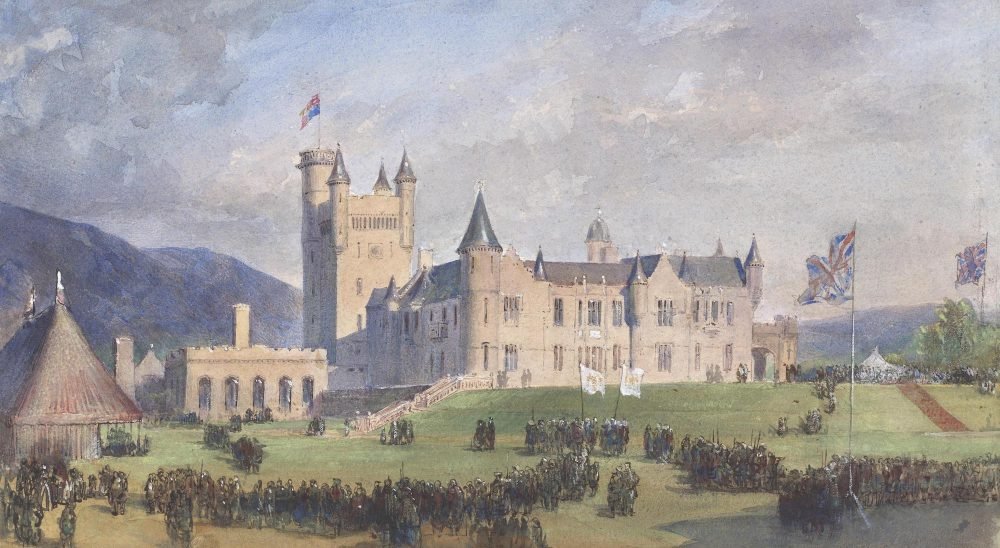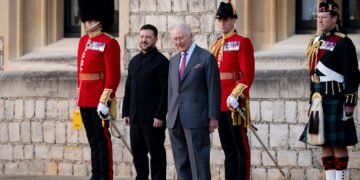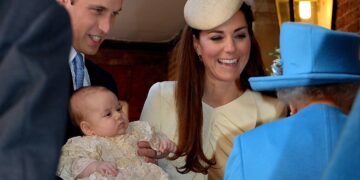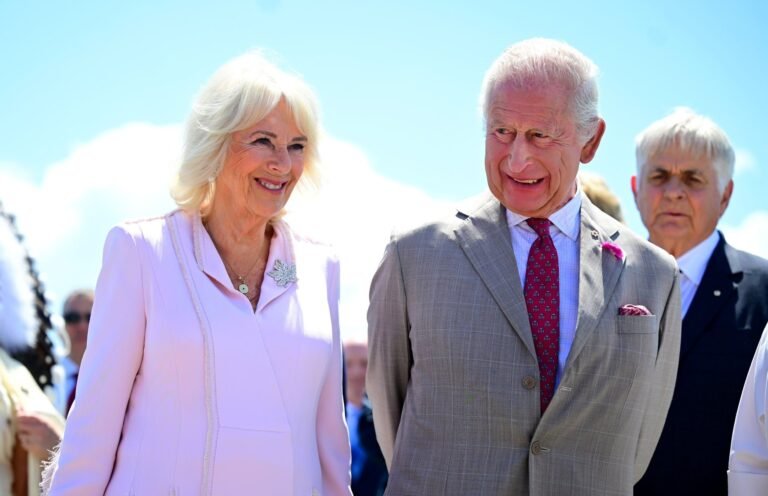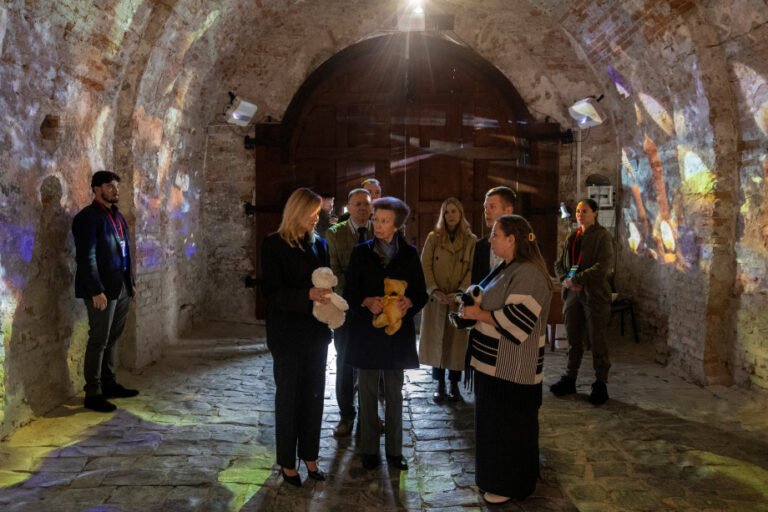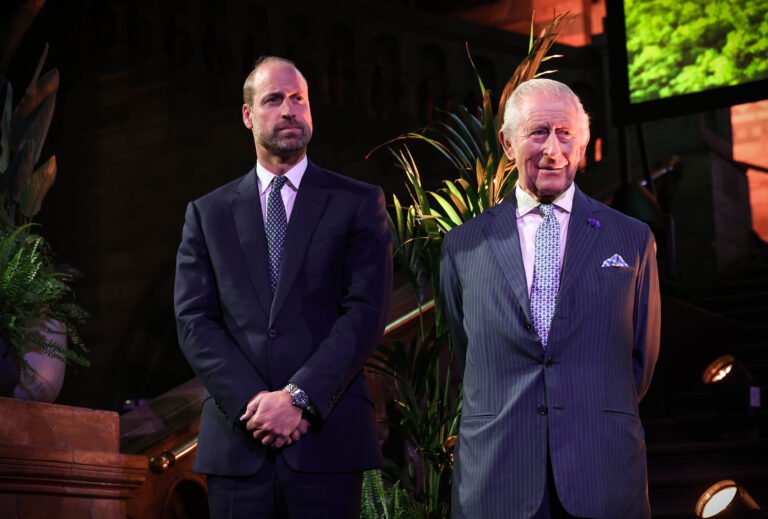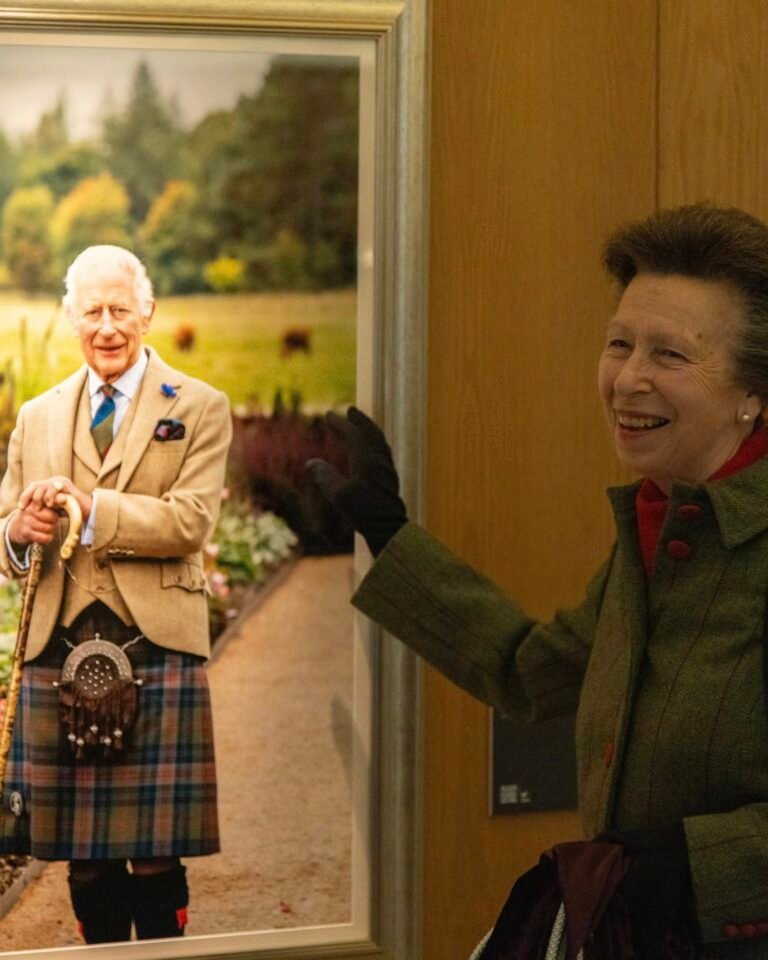Watercolours from the personal collection of Queen Victoria and Prince Albert – some never displayed before – will form a new exhibition at The Queen’s Gallery at the Palace of Holyroodhouse from today.
‘Victoria and Albert: Our Lives in Watercolour’ will feature 80 of their treasured watercolours. These watercolours are a mixture of pieces they created, pieces they commissioned and pieces that they purchased and are described as ‘an evocative record of their public and private lives together’.
The exhibit started as a touring show and has travelled the UK to mark the bicentenary of Victoria and Albert’s births in 2020. The exhibit has been expanded for its residency at The Queen’s Gallery and is broken into four parts which focus on their family, their travels, France and Germany, and ‘Memorialising Albert’.

Both the Queen and her consort had technical understanding of watercolours, having studied the art from young ages. The exhibition features practice sheets belonging to Victoria, as well as paintings of Albert’s beloved pet Eos, and of their son Arthur in fancy dress.
Also included in the exhibit are works by Victoria’s tutor William Leighton Leitch, a celebrated Scottish landscape artist from Glasgow. Leitch was a self-taught artist and would tutor the Queen in the art of Watercolours for over 20 years. When Leitch died in 1888, Victoria wrote in her journal: “dear old Mr Leitch, my kind old drawing Master, such an excellent artist, known to me for so many years, connected with happy and sad times, and with Scotland.”
Visitors will also see pieces of art the couple commissioned, either together or separately, which captured moments of significance – from christenings and birthday parties to glittering court balls. The couple loved to gift one another pieces of art and they had beautiful stories behind them, such as the watercolour of the children Victoria and Alice in fancy dress which was commissioned as a gift from Albert to his wife.

The children were dressed to perform a dance for their mother on her birthday; the surprise was organised by Albert and the dance was one the couple had performed years previously together.
The couple don’t just have paintings of their family members, but they also commissioned watercolours of of the cities and landscapes they saw on their travels at home and abroad, and of the places they lived. These paintings are important to us now as they depict things as they were, and allow us to see into the lives of the family at that point in time.
Douglas Morison, Schloss Rosenau, 1845
The couple regularly invited artists to come and stay with them at their various residences so that they could document them for the public. One of the pieces that came about due to these stays, and which can be seen in the exhibit, is a piece done by Carl Haig of them watching fishers on the River Dee.
Victoria and Albert undertook frequent travels around the British Isles, being – at the time – the most traveled Royals in the history of the family. The couple regularly commissioned artists to depict the places they visited for their collection. One interesting piece in the exhibit is their arrival in Guernsey; the artist Paul Jacob Naftel had his studios right were Victoria and Albert arrived at St Pierre and so he went out and decided to record the moment in a sketch.
The sketch was picked up by the Illustrated London News and ran in there paper where, it is understood, the royal couple saw it. They got in contact with Naftel and commissioned a watercolour of the sketch, but the two are not exactly the same. In the sketch, the Royals have their back to the viewer, while in the painting they are facing the viewer. It is not quite sure why the change was made or who decided on it.
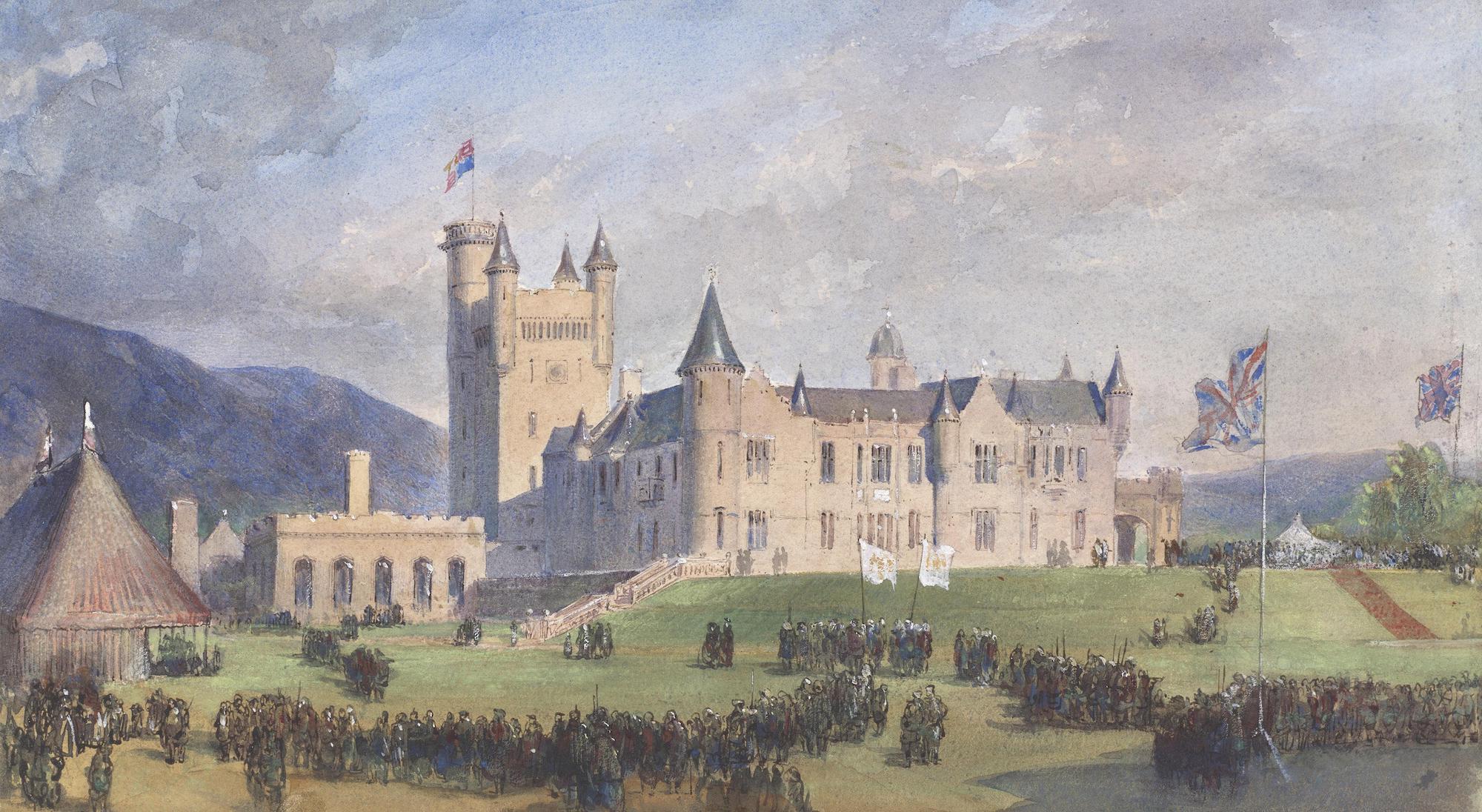
One of the places which feature heavily in the couples collections of artwork is Scotland, a place they fell in love with from their very first visit. It is fitting then that, as the exhibit is being shown in Edinburgh, that there would be a selection of Scottish pieces.
One of the pieces, on display for the first time, is a watercolour by William Leighton Leitch depicting the royal yacht sailing into Granton Pier for their first tour of Scotland in 1842. It was a gift from the Duke of Atholl, but some creative license has been taken. Victoria, in her diary, said that the scene had been Misty when they arrived – in fact their yacht had been held up due to bad weather – but the sun shines down on the royal party in the painting.
A real highlight of the exhibition is a watercolour which depicts Edinburgh at sunset by the Dunfermline-born painter Waller Hugh Paton. Victoria commissioned Paton to capture the view she enjoyed on her approach to the Palace of Holyroodhouse from the railway station, looking west over St Margaret’s Loch and Holyrood Park, with Carlton Hill and the National Monument in the distance.

Paintings depicting happy moments in the couples marriage, their ‘great expeditions’ also feature in the exhibit. This expeditions normally took place in Scotland and saw the couple, with only a small amount of staff, trek to remote areas around Balmoral and stay in local inns under pseudonyms and in disguise. What makes these joyous moments sad is that these paintings were commissioned after Albert’s death by his grieving widow.
While Albert’s life plays a big part in the exhibition and in the couples collection, which images from his birth place the Rosenau and commissions from their visits to Coburg being on display as well as images commissioned of his greatest achievement – the Great Exhibition – his death also plays a major part.
Following the untimely death of her husband, many of the commissions done by Victoria (the number of commissions dwindle following Albert’s passing) are in remembrance of him. They include a watercolour of Victoria at the unveiling of the memorial to Albert in Charlotte Square in 1876, a landmark in Edinburgh, by William Simpson. The painting is on display for the first time in this exhibit.

Not all of the paintings featuring the family have them as front and centre, as they did not believe they always had to be the focus. Many paintings feature more than just the family also, such a scene by Joseph Nash (commissioned by Victoria) depicting herself and Louis-Philippe of France departing from Windsor Castle for a carriage drive during his visit to England in 1844.
While Victoria kept the original, she gifted a copy to The King along with an album of watercolours she had also commissioned specifically for him.

While the paintings on show and in the couples collection serve as historical documents to us in the 21st century, to the royal couple it was simply a hobby which they shared together. They would regularly attend exhibitions together and purchase pieces of art that they found to their liking and many a happy evening was spent together organising their watercolours into albums, as recorded by the Queen in her journal.
Following Albert’s death in 1861, those albums took on even greater significance to Victoria, functioning as both a tangible memory of the time spent with her beloved husband creating them and a visual record of their lives together.
Sadly, the albums no longer exist as they were taken apart in the 1930s due to dilapidation. But the RCT have put together a replica of one of the books to show visitors.
It is not known who commissioned or purchased the most pieces, although Albert probably had the more talented and technical eye for watercolours. However, the watercolours collected by Victoria and Albert illuminate aspects of both Victoria’s reign and the couple’s passions. They capture the pomp and spectacle of the British court, a love of Scotland, both domestic and foreign travel and diplomacy, and the close-knit family who happened to be at the heart of it all.
Victoria & Albert: Our Lives in Watercolour is at The Queen’s Gallery, Palace of Holyroodhouse, 26 April – 5 September 2021. Advance booking is essential – see here.

